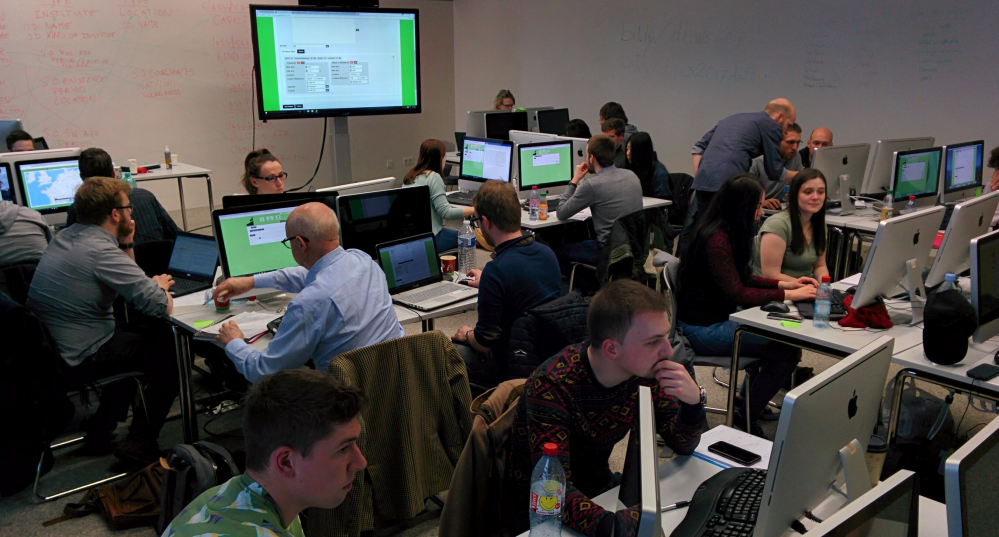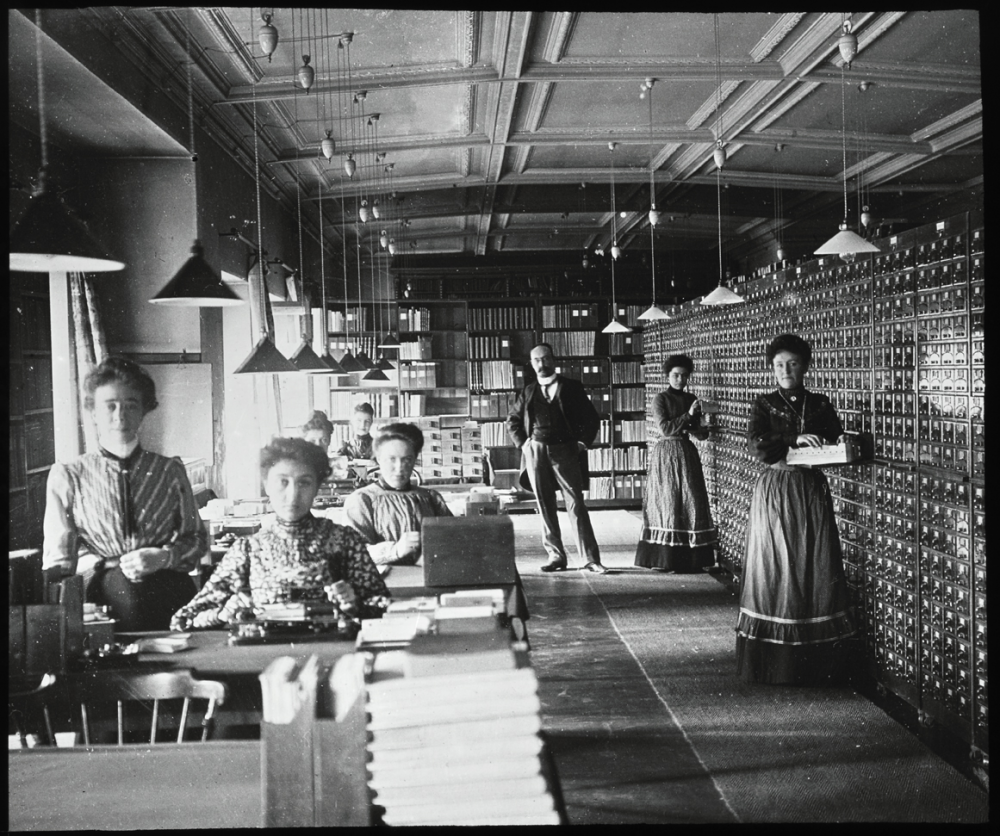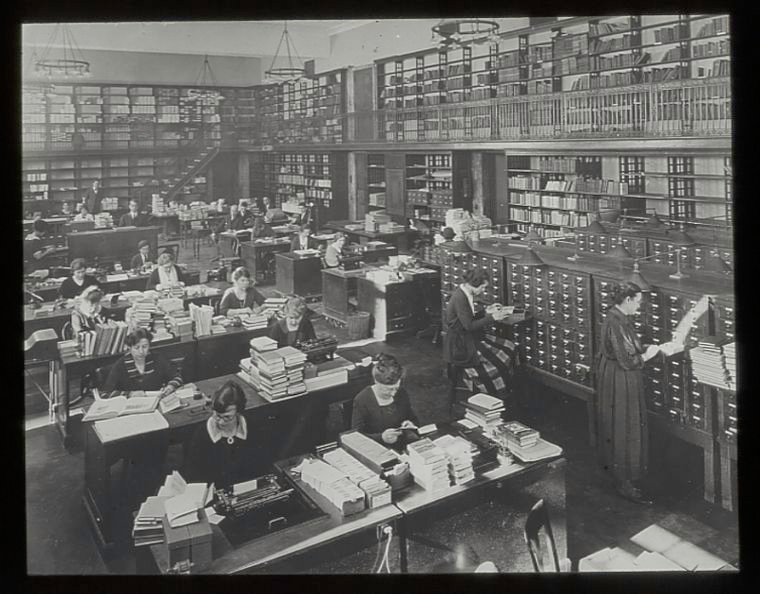nodegoat Open-Source
CORE AdminWork on nodegoat started in October 2011 when Joep Leerssen approached Pim van Bree and Geert Kessels to develop a visualisation of a set of historical letters. The first version of this visualisation was a diachronic spatial data visualisation built in JavaScript. This visualisation still runs at http://projects.lab1100.com/labmap/.
Based on this project, Pim van Bree and Geert Kessels founded the company LAB1100 to continue to work on data related topics within the realm of the humanities.
Since 2011 LAB1100 has developed an online research environment that is able to host research data as well as provide various modes of analysis and visualisation. This online research environment was initially called the 'Chrono Spatial Research Platform'. In 2013 its name changed to nodegoat (which is now a registered trademark in the EU and US).
From 2012 onwards, free individual hosted accounts have been provided to scholars who want to use nodegoat to host, analyse, and visualise their data. These accounts can be requested here. We currently provide over a thousand of individual scholars with a free personal research account. You can explore a number of use cases here.[....]




